Dancers from Tanztheater Wuppertal performing Pina Bausch’s “Nelken Line” from Wim Wenders’ documentary Pina. (2011)
The arts, like hope, travel.
Courage is contagious. So is hope.
Every powerful song, mural, poster, performance or image has a life beyond its creator. When you share it, repost it, sing it again, or carry it into a new space, you multiply its reach.
That’s not vanity. That’s survival.
As I have stated before, authoritarians thrive on isolation and fear; artists thrive on connection.
- If you are an artist of any discipline, when you pass your creative gift on to others, your message multiplies.
- If you are an arts enthusiast, regardless of the art form, you have a special opportunity to be an agent of resistance.
Women performing A Rapist in Your Path in Mexico City’s Alameda Central. (CC BY-SA 4.0 / Wotancito via Wikimedia Commons)
Turn one artist’s courage into many.
In 2019, Chilean feminist collective Las Tesis created the street performance Un violador en tu camino (“A Rapist in Your Path”).
Within weeks, women in Turkey, Mexico, France, and beyond were staging the same performance in their own cities. Groups performed the piece in more than 400 locations across 50 countries.
What started as a local protest turned into a global feminist anthem because people didn’t just watch, they shared and repeated it.
Digital artwork by Masha Maroz from The Long Way Home project, 2020. (Courtesy of the artist / Secondary Archive)
Refuse to let memory be erased.
Belarusian artist Masha Maroz blends ethnography, textiles and contemporary art to keep cultural memory alive in the face of authoritarian erasure.
Her 2020 exhibit The Long Way Home was cut short after the contested election and ensuing protests, but its symbolism grew stronger: showing that even when official venues silence dissent, memory travels and multiplies through communities.
Though Belarusian officials tried to suppress her imagery, her posters and street art were photographed, shared online and carried abroad by exiles and diaspora groups, ensuring her work outlived local censorship.
Fiber art interpretation of Fort Pierre National Grassland weather data by Karen Poremski. (National Parks Tempestry Project)
Remind communities they’re not alone.
The Tempestry Project translates climate data into hand-knit tapestries, each stripe a year’s temperature. Thousands of people across the U.S. have picked up needles and yarn to create “stitched time series” that turn abstract science into something tactile, visible, and deeply personal.
At a 2022 Washington exhibit, one visitor paused over the darker blue rows representing her childhood winters, suddenly realizing local lakes no longer freeze safely for ice skating, climate change shifting from abstract to deeply personal.
The viral power of this project isn’t just in the beauty of the scarves or wall hangings, it’s in the way ordinary people share them, post them, and display them in their communities.
In a fractured time, the Tempestry Project reminds us that storytelling through art can link rural towns, coastal cities and heartland communities in one shared narrative of climate change.
U2’s Bono and The Edge performing in a Kyiv metro station, May 2022. (Screenshot from YouTube video / Agence France-Presse)
Share hope as well as critique.
In Ukraine, musicians have staged performances in bomb shelters and ruined cultural centers since 2022. Videos of cellists, choirs, DJs and theater groups have been viewed millions of times, spreading not just defiance, but hope, a reminder that even in destruction, culture persists.
When U2’s Bono and The Edge showed up in Kyiv on May 8, 2022, to play an impromptu acoustic set in a metro station turned bomb shelter, the performance wasn’t just music, it was a lifeline. The images and videos ricocheted across social media and international press within hours, reaching millions far beyond Ukraine.
That’s the power of art: a single act of courage and solidarity, amplified by digital networks, can lift spirits in the darkest places and remind the world to pay attention.
From all these examples, one truth emerges: Art and hope live through you.
The arts are made to be seen, sung and carried forward. Resistance grows when art circulates.
When you see protest art that stirs you, don’t just admire it. Share it. When you hear a song of defiance, don’t just hum it. Teach it. When you read a story that opens your mind, don’t keep it to yourself. Pass it along.
Of course, not all viral content serves resistance. Amplifying art means choosing carefully, sharing work that builds rather than destroys, that opens hearts rather than hardens them.
Because courage and hope are communicable. And, in an age of repression, spreading them is part of the art.
Randall White
Abbetuck
Credits & References
Ken Grossinger’s Nine Lessons for Fighting Authoritarianism Using Art in an Age of Resistance for the SPLC inspired this post. His ninth lesson and final, “Make it viral,” reads:
“When you see good protest art, images, cartoons and songs, share them. When you hear good news — and there is a lot of it — share it with a friend. Courage and hope are contagious.”

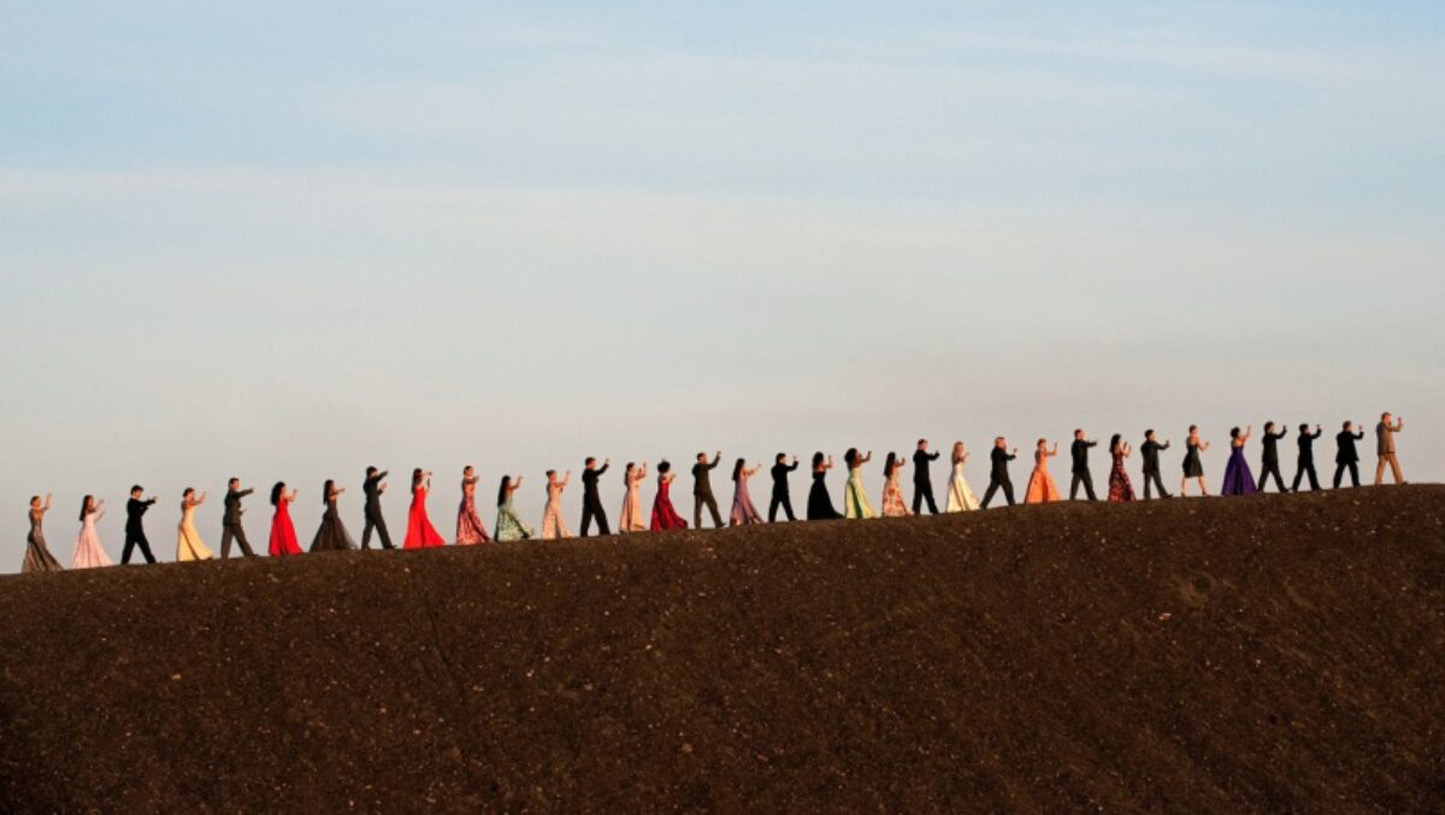
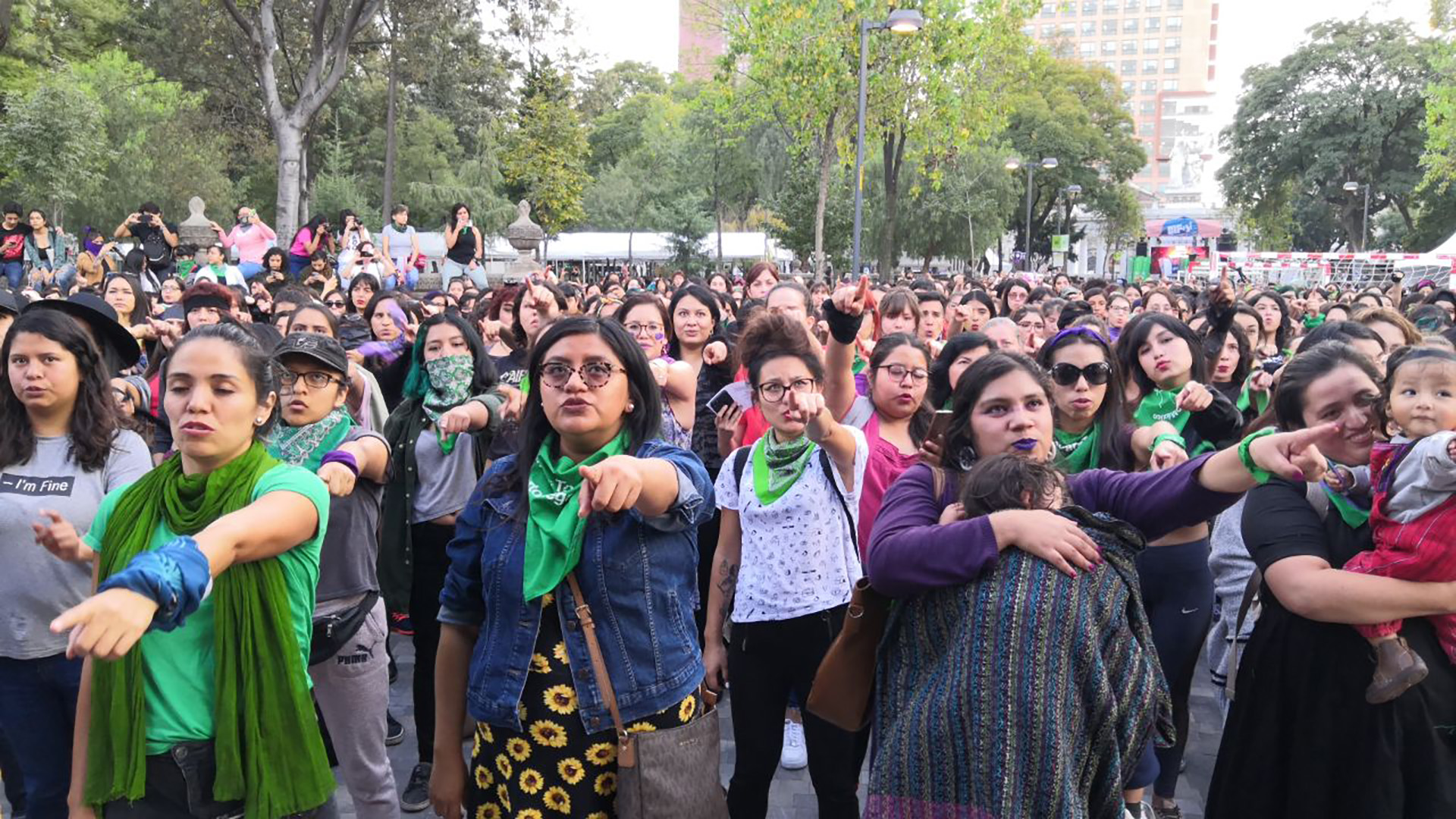
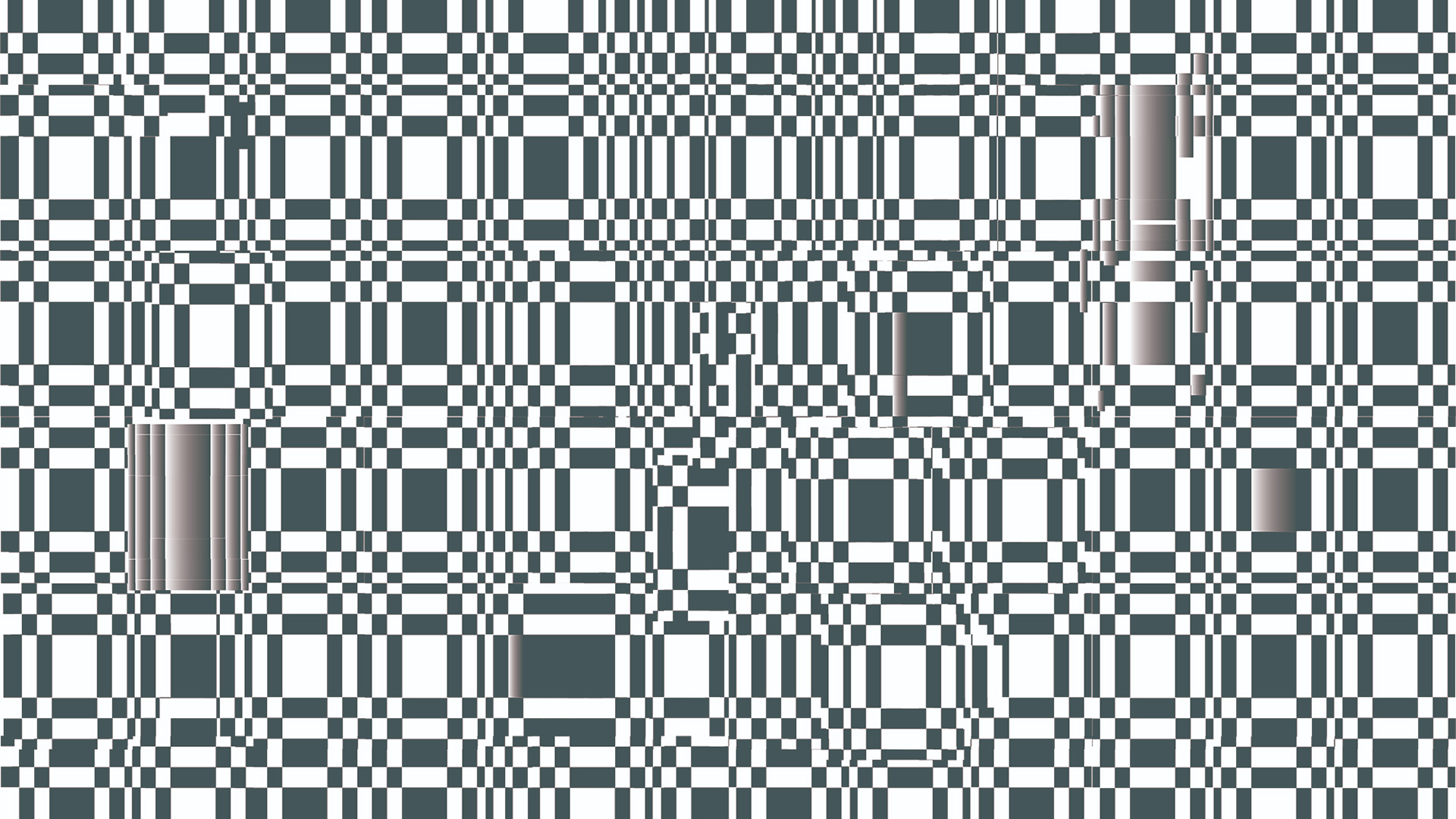
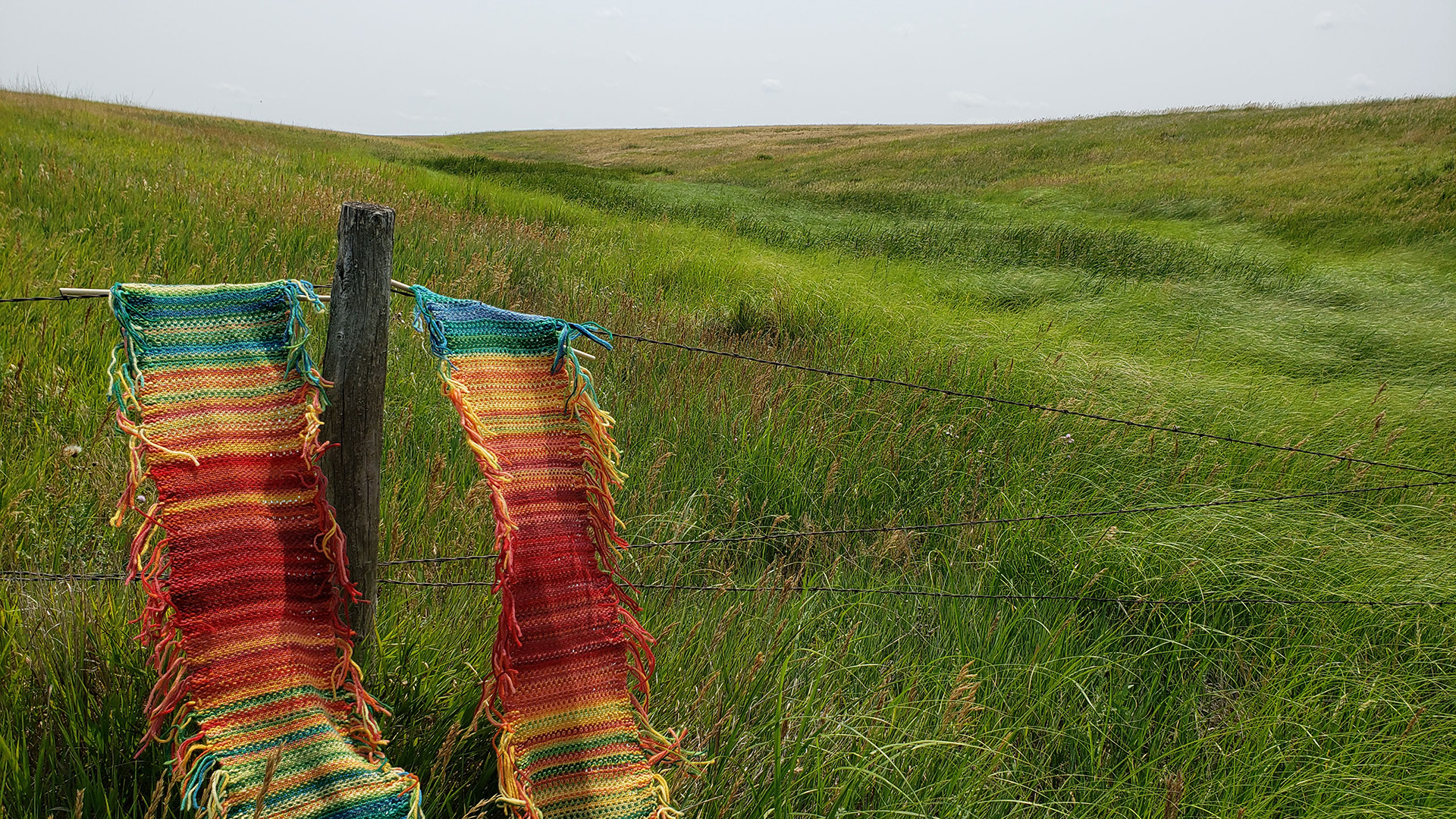
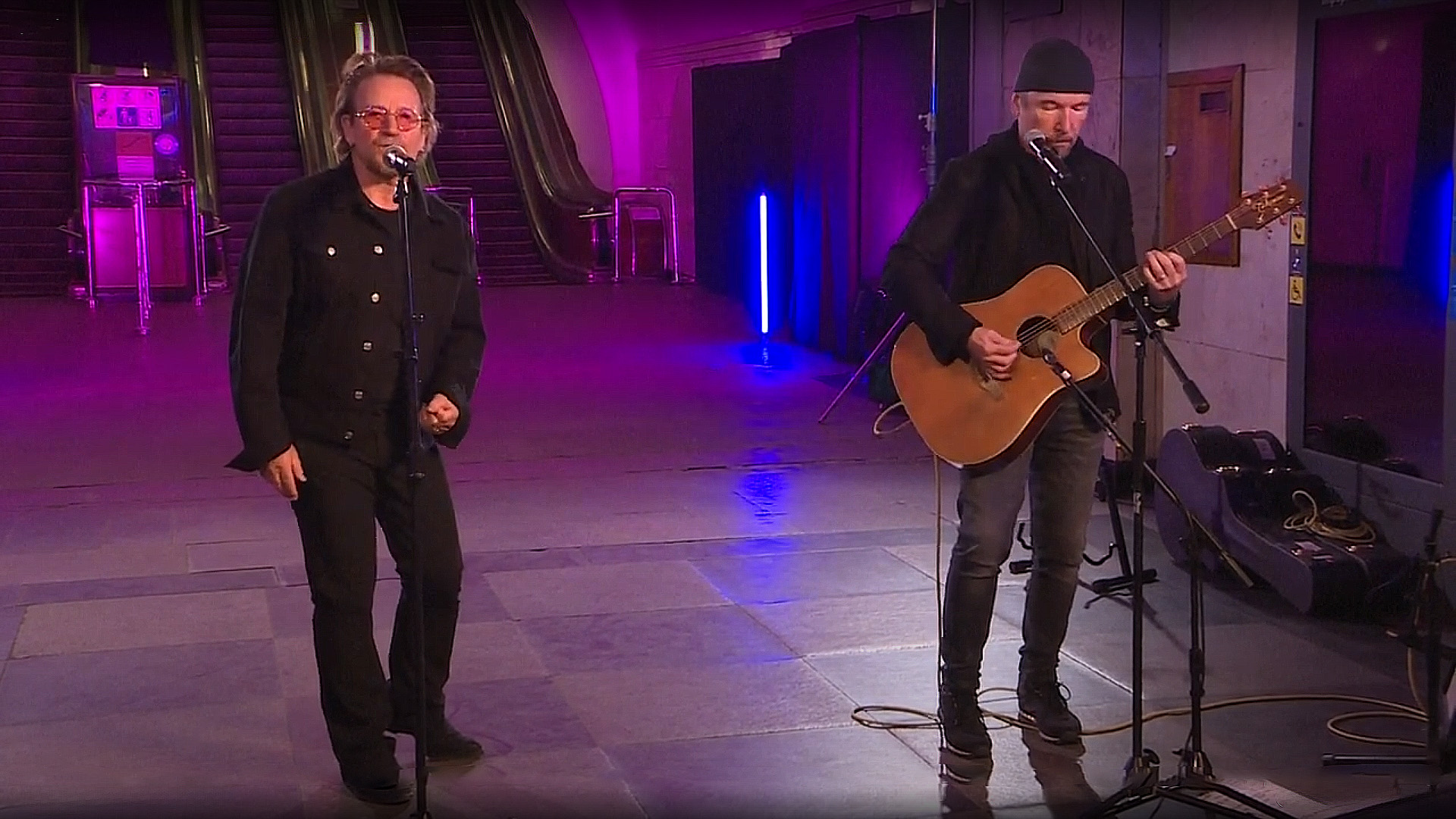


No responses yet